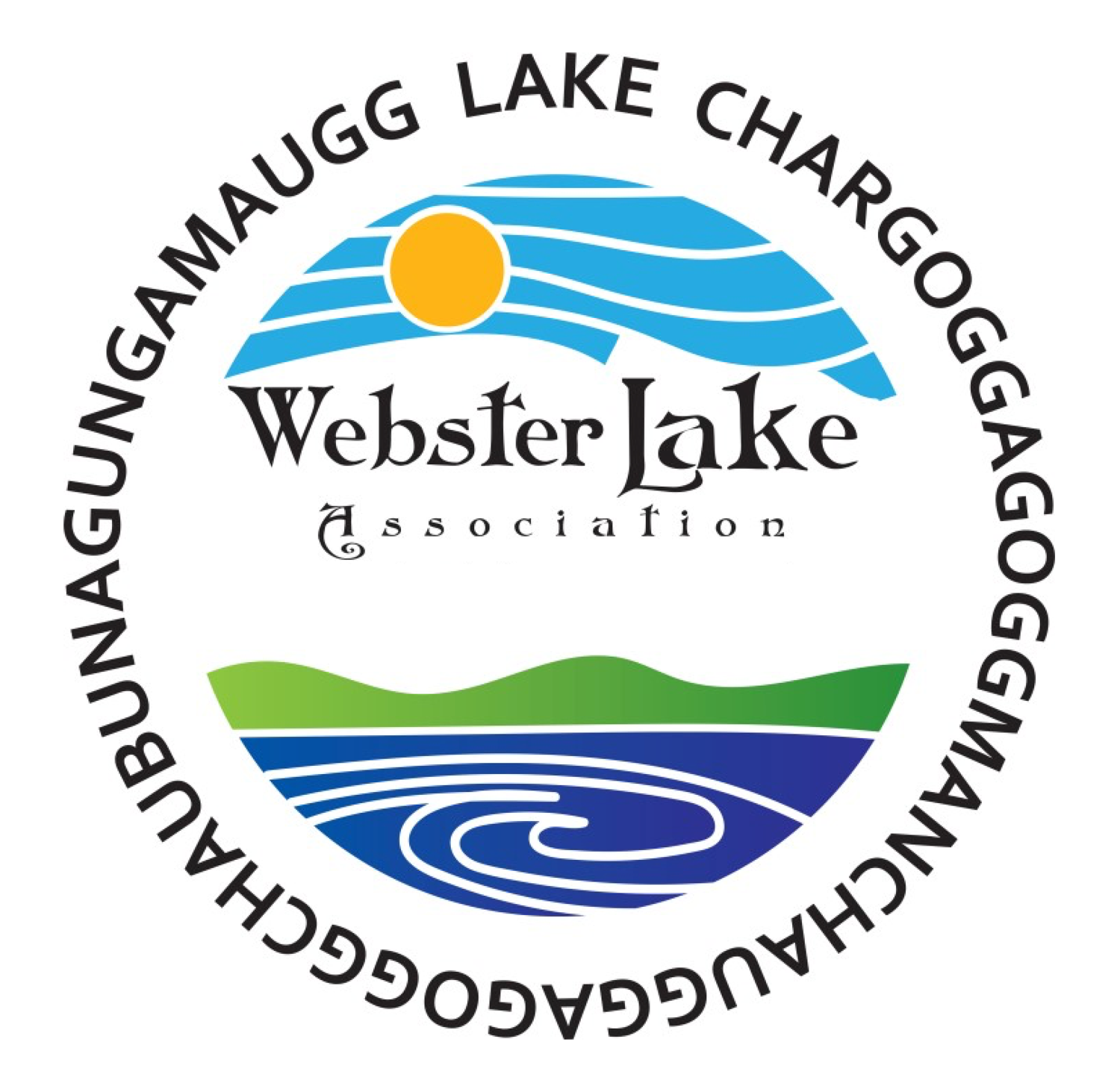Lake and Stream Monitoring Data
Data Dictionary
Thermocline
The Thermocline is a layer in the water with a temperature change. In Webster Lake a thermocline occurs where there is an abrupt change in temperature that separates the warmer surface water from the colder deeper water.
Starting at the surface, the temperature tends to drop slowly until the thermocline is reached. For example, in July, 2012 in South Pond, from 2 feet deep to 14 feet, the temperature dropped from 82.16 to 81.04 (1.12 degrees in 12 feet, or less than 0.1 degree/foot). Then the thermocline was reached. From 14 feet to 16 feet, the temperature dropped 3 degrees, or 1.5 degrees/foot. At 24 feet, the temperature was 63.41 degrees so over the last 10 feet, the temperature had dropped 17.63 degrees or 1.763 degrees/foot.
The water above the thermocline also tends to move and mix together. The water below the thermocline tends to be more stagnant. A thermocline does not always exist. For example, it may be absent in monitoring early in the year, then form later.
Dissolved Oxygen
Dissolved Oxygen is a measure of the concentration of oxygen in the water. Good concentration of dissolved oxygen should measure at 10 ppm (parts per million). Dissolved oxygen concentrates below 3 ppm stress most water species of fish and concentrations below 2 ppm will kill some species. In July 2012, the dissolved oxygen went from 7.4 at 2 feet to 6.6 at 14 feet (Average drop: .15/foot). At 24 feet oxygen had dropped to 0.02 (Average drop: 6.4 per foot). Thus most fish do not spend much time below the thermocline.
Turbidity
The Turbidity of a water sample is a measure of the extent to which the intensity of light passing through water is reduced by suspended matter. Suspended matter is defined as microorganisms, organic detritus, silica (sand), clay or silt.
Conductivity
Conductivity is a measure of the ability for water to pass an electrical current. It is useful as a general measure of water quality. Conductivity in water is affected by the presence of inorganic dissolved solids such as nitrate, sulfate, and phosphate. Discharges into lakes and streams can change the conductivity. A failing sewage system would raise the conductivity because of the presence of phosphate and nitrate; an oil spill would lower the conductivity. The streams that feed Webster Lake tend to have a relatively constant range of conductivity that, once established can be used as a baseline for comparison. Significant change in conductivity could then be an indicator that some source of pollution has entered the streams or lake.
pH
A measure of the acidity of the water where 0 means highly acidic and 14 means highly alkaline (or basic). A value of 7 indicates neutrality. Our measurements have generally been around 7 or slightly below at the surface and more acidic as the depth increases. Lowest values are typically around 6. As with other levels, values that are too high or too low can be harmful to fish and plants.
